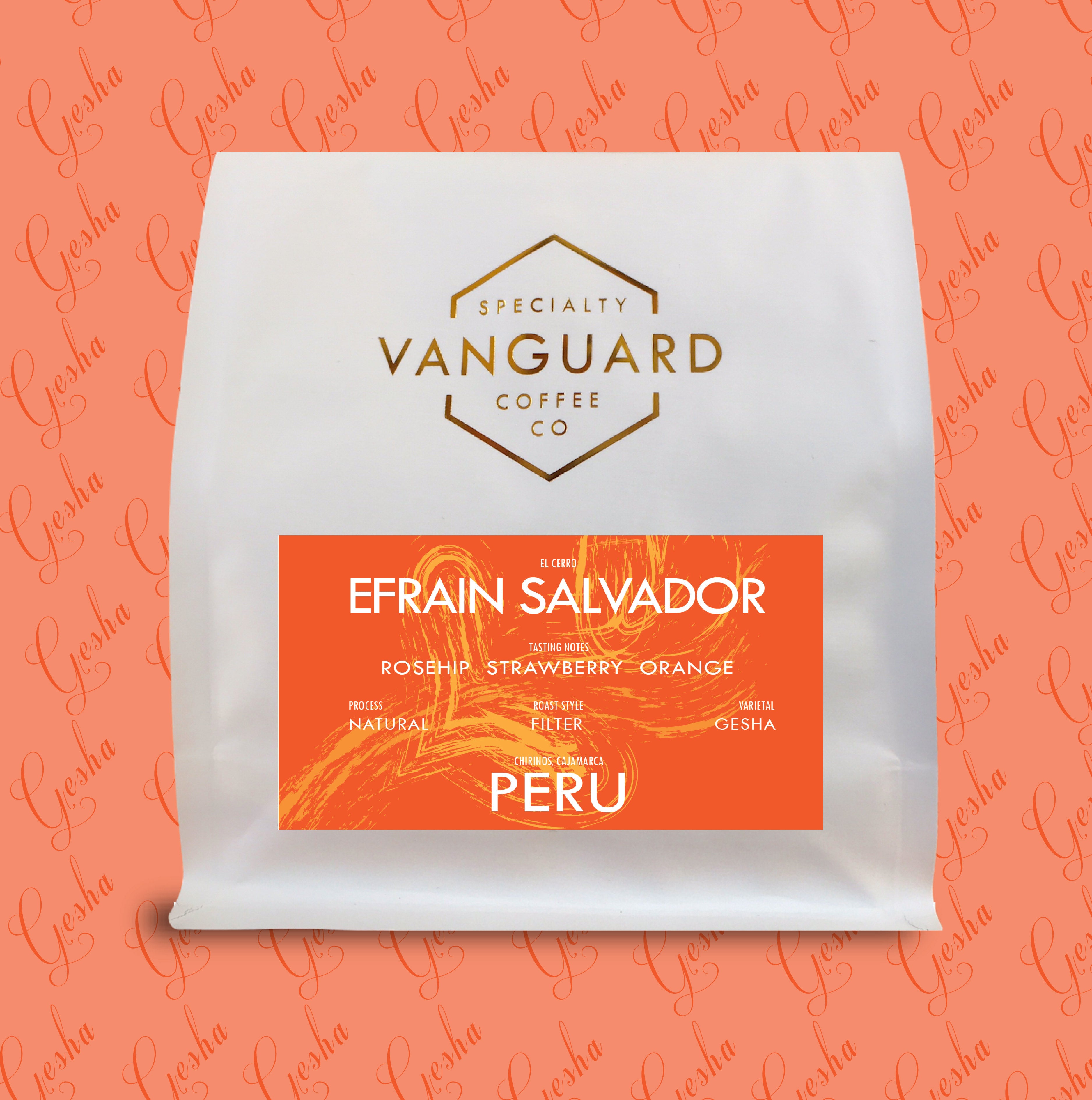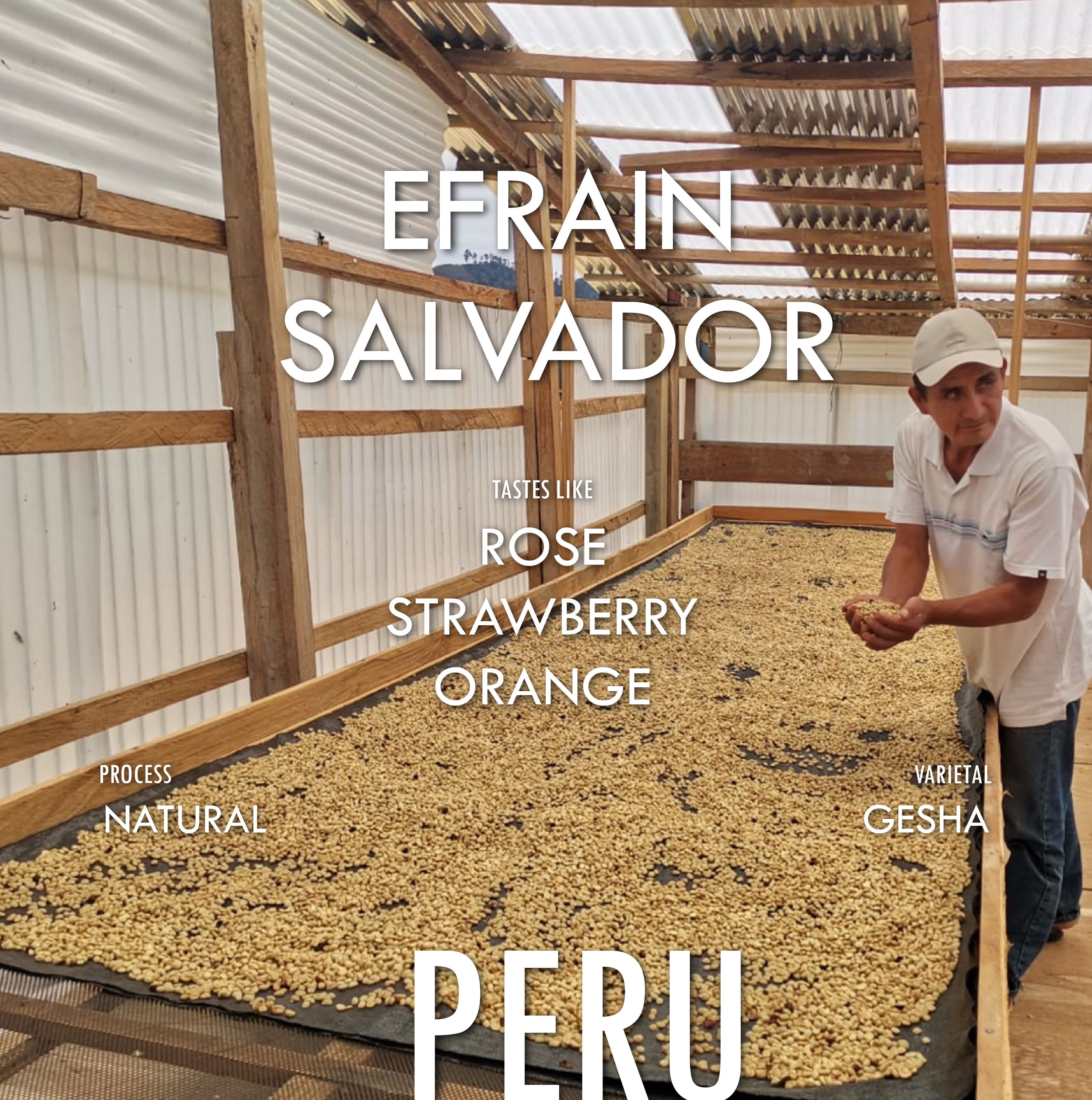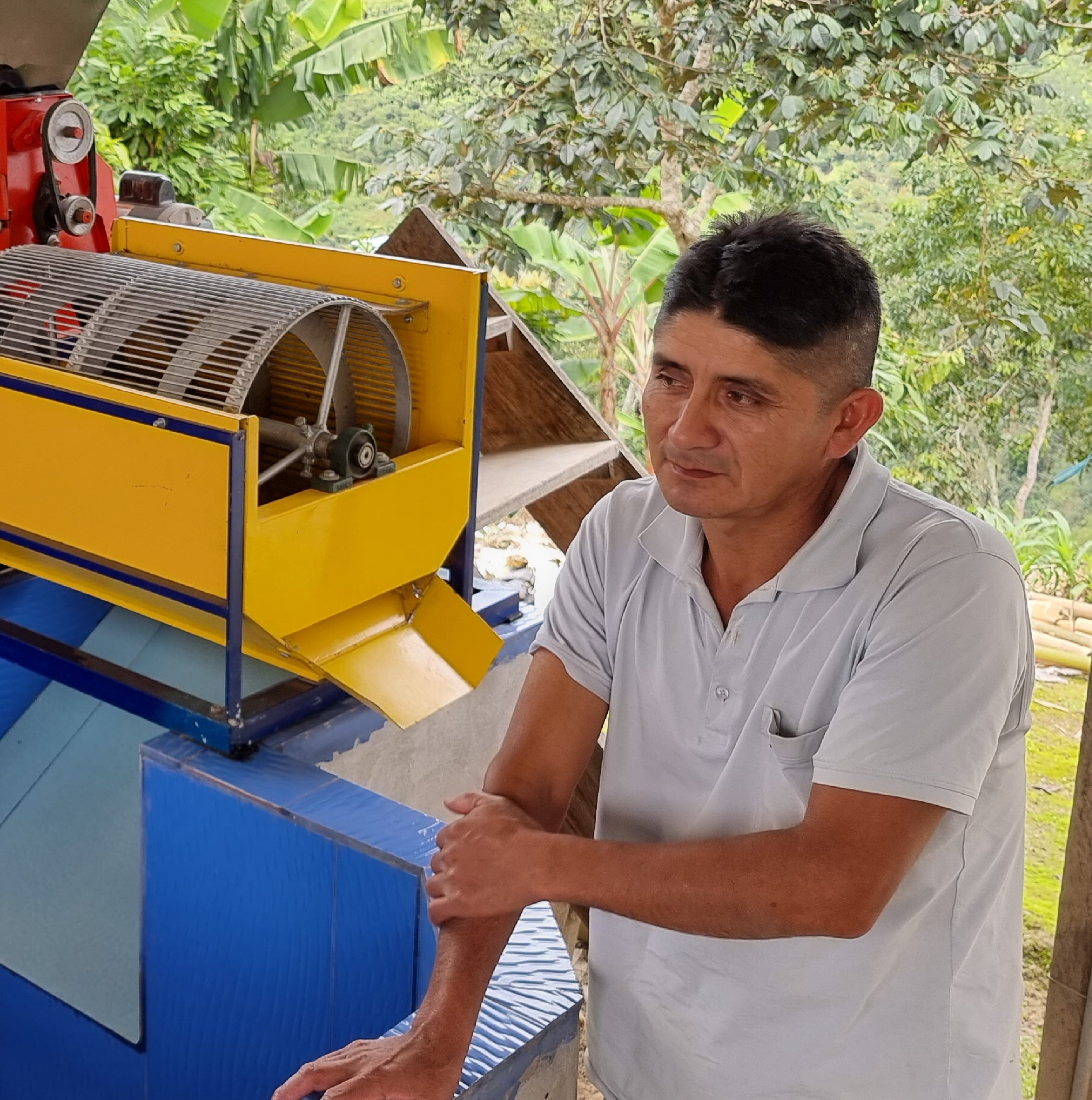GESHA
Gesha (also spelled Geisha) is a once-rare variety that was ‘rediscovered’ in Panama in 2004, though it is increasingly becoming more common due to increased production in response to the high prices that the varietal fetches.
The variety originally hails from the birthplace of coffee, Ethiopia. The story goes that in 1931, the British Ambassador to Ethiopia selected a bunch of coffee cherries (most likely from different coffee trees) in the southwest part of Ethiopia, near a town called Geisha, to use them in his research. In 1932, the seeds were exported to Kenya’s Kitale centre under the name of Abyssinia or Geisha. In 1936, the sprouts from these seeds were sent to Kwanda station in Uganda and Lyamungu station in Tanzania for experimental lots. It wasn’t until the mid-1950s, however, that these ‘Geisha’ seeds made their way across the water from Tanzania to Costa Rica’s CATIE centre, where they were first planted in Central America.
Initial efforts to establish Geisha in Central America weren’t particularly successful, however. Although Don Pachi Serracin brought the first Geisha seeds from Costa Rica to Panama in 1963, by all accounts first attempts to cultivate the trees were disappointing due to the resulting ‘poor cup quality’. Later it became apparent that this was a result of planting the variety at low altitudes; nonetheless, the variety languished for decades, sometimes popping up here and there across Costa Rica and Panama, usually used in blends but never really taking off.
It wasn’t until 2004 that Geisha gained the recognition it deserved on the speciality coffee ‘scene’. In a gutsy move, one farm entered a sample of their Geisha in that year’s Taste of Panama competition. The lot created a sensation, not only winning the competition by a mile but earning staggering reviews by the judges.
Since this time, Geisha has come to be considered one of the most complex, intensely flavoured and desirable profiles of all the coffee varietals. Today it is grown widely in Panama and Costa Rica, though the plant is relatively demanding. Its unique profile is best brought out when grown above 1,500 metres, and trees require a great deal of stringent and very particular care and maintenance.
Although Geisha has relatively low productivity, it is somewhat resistant to coffee leaf rust and the fungus ‘Ojo de Gallo. These factors, combined with the high prices it commands at market, make it increasingly attractive to many farmers across Latin America.



